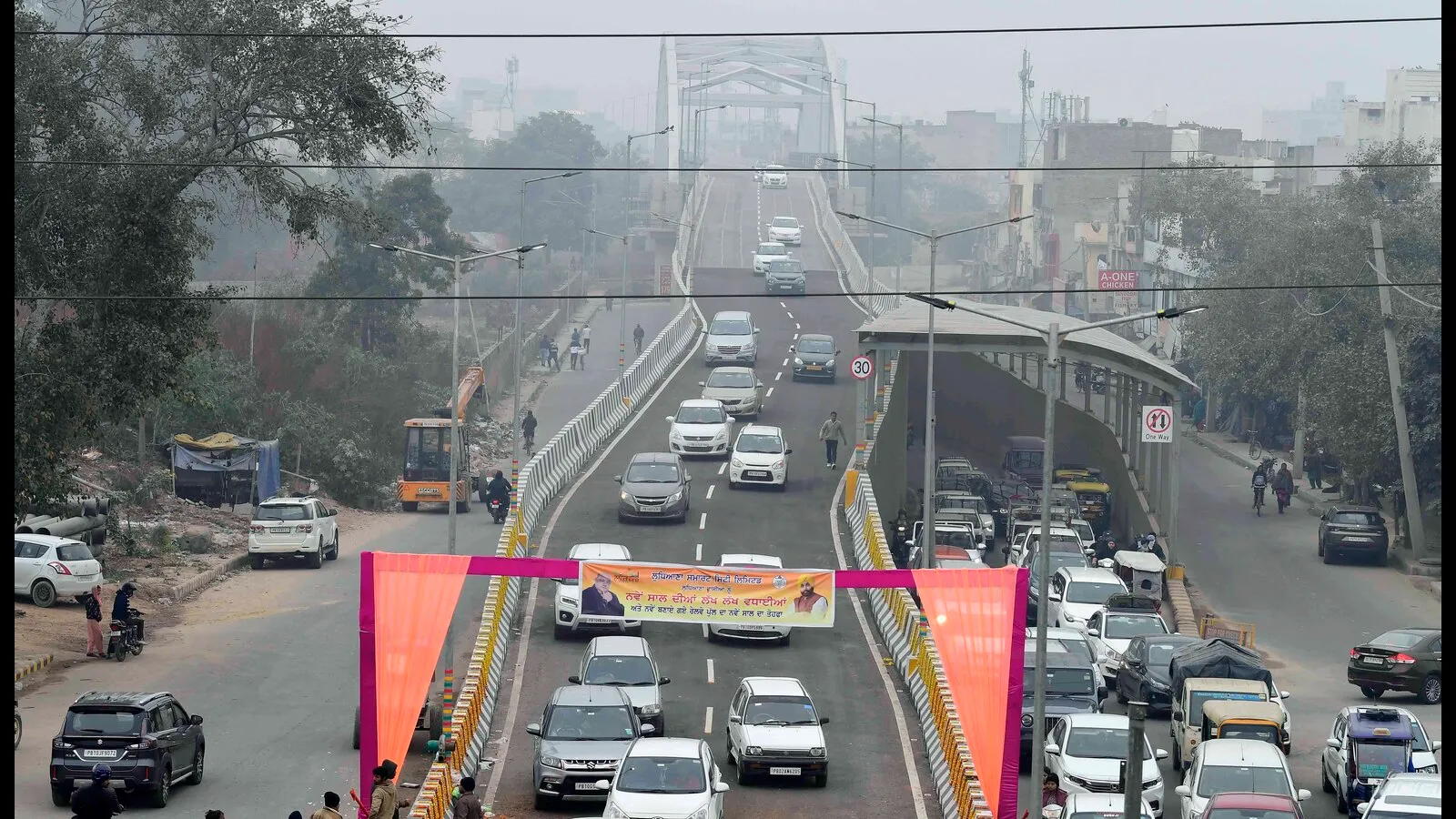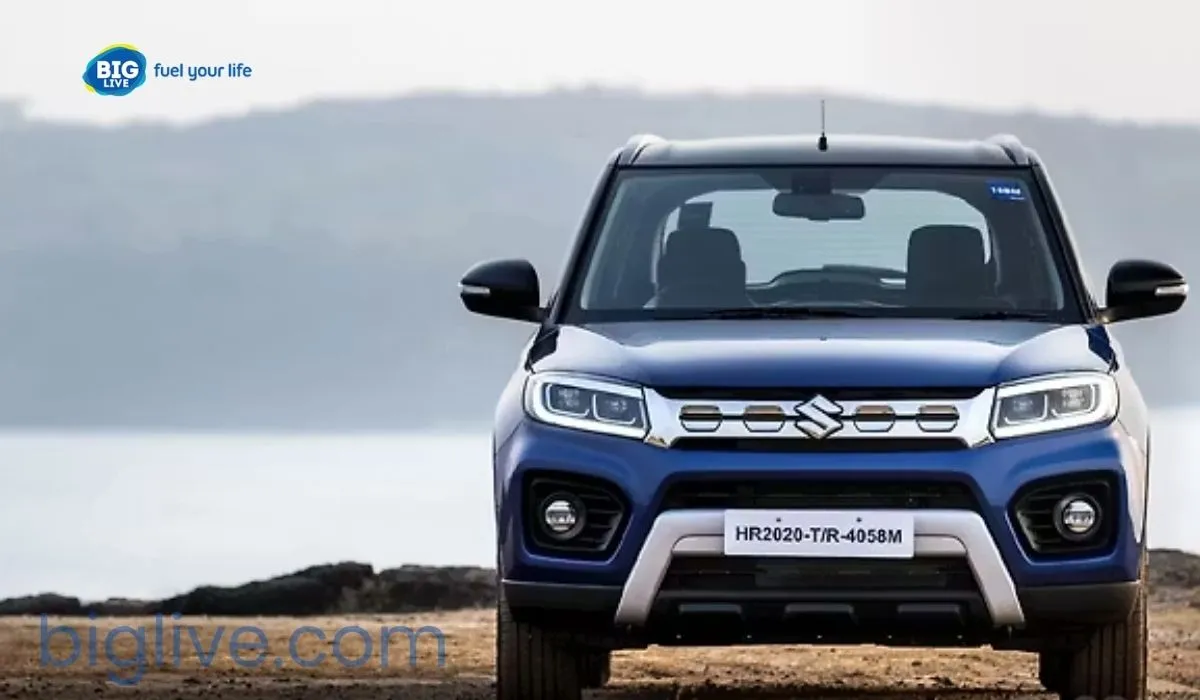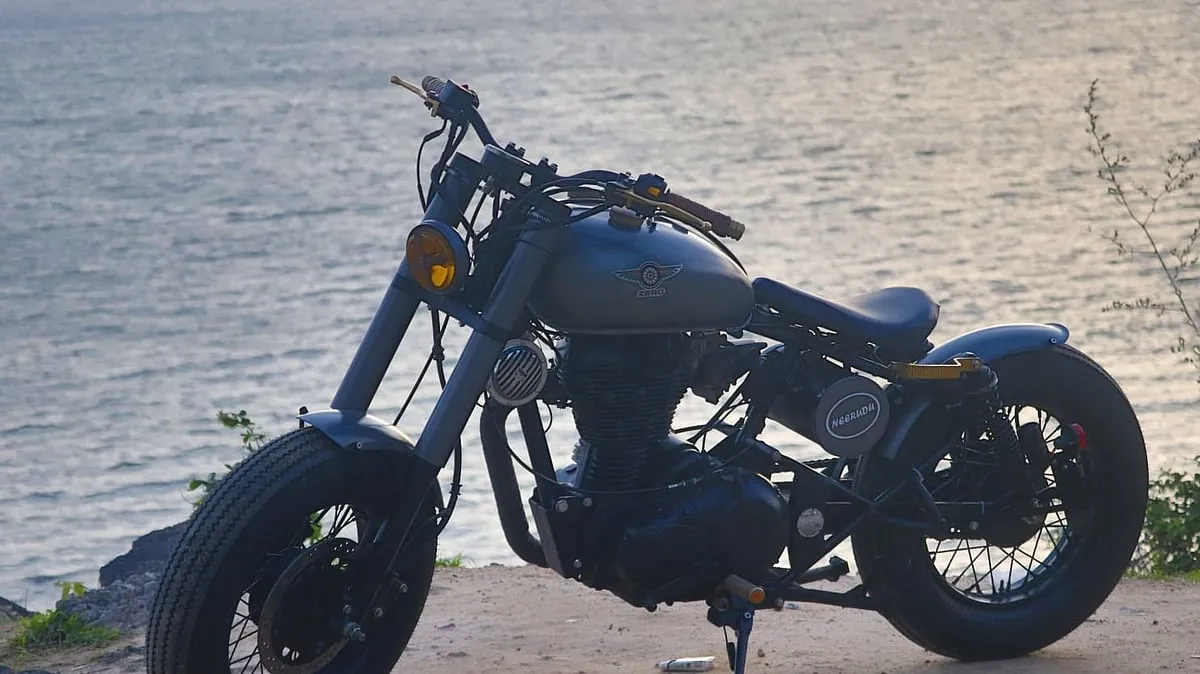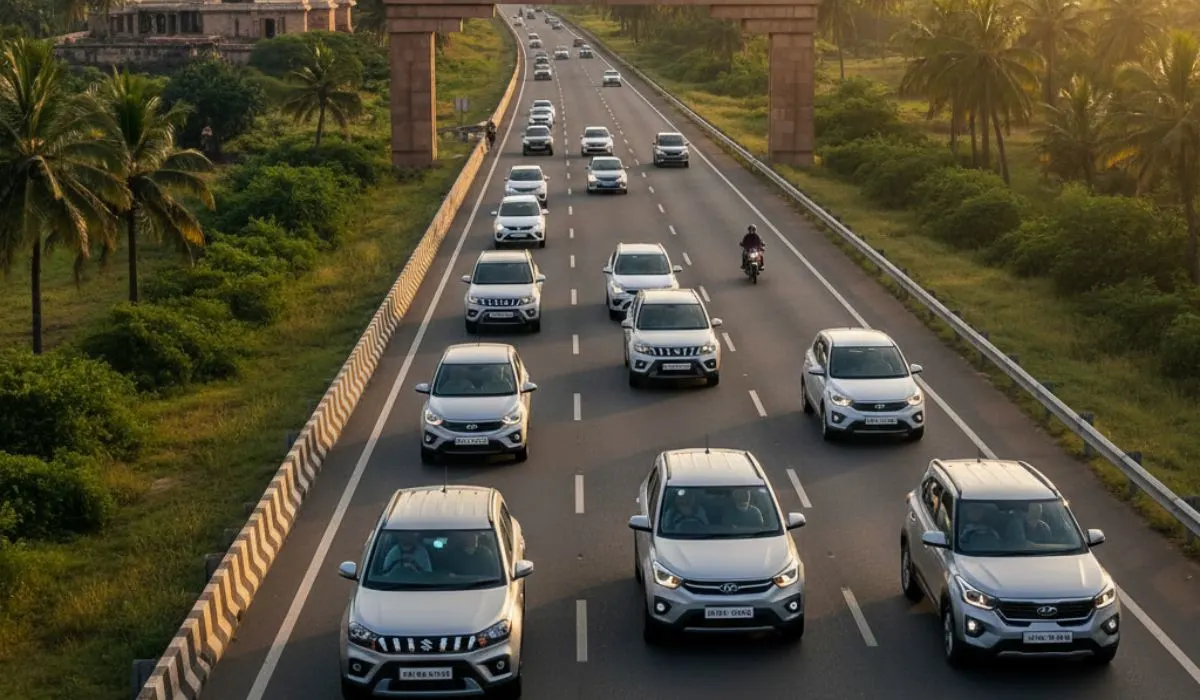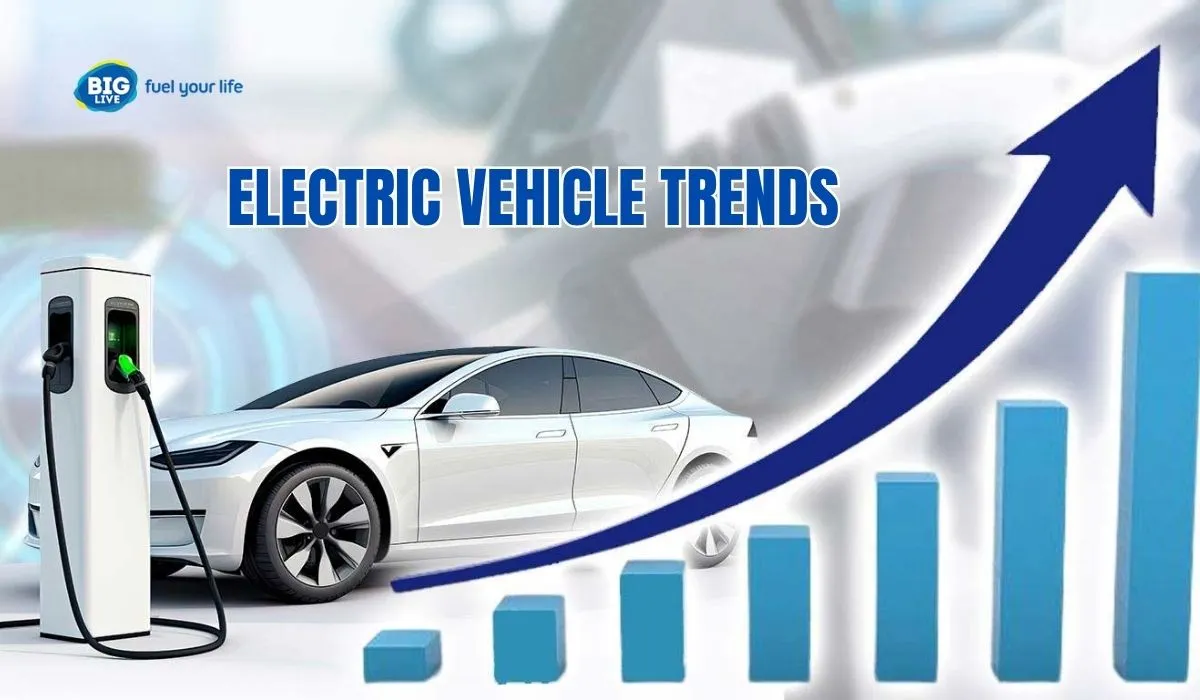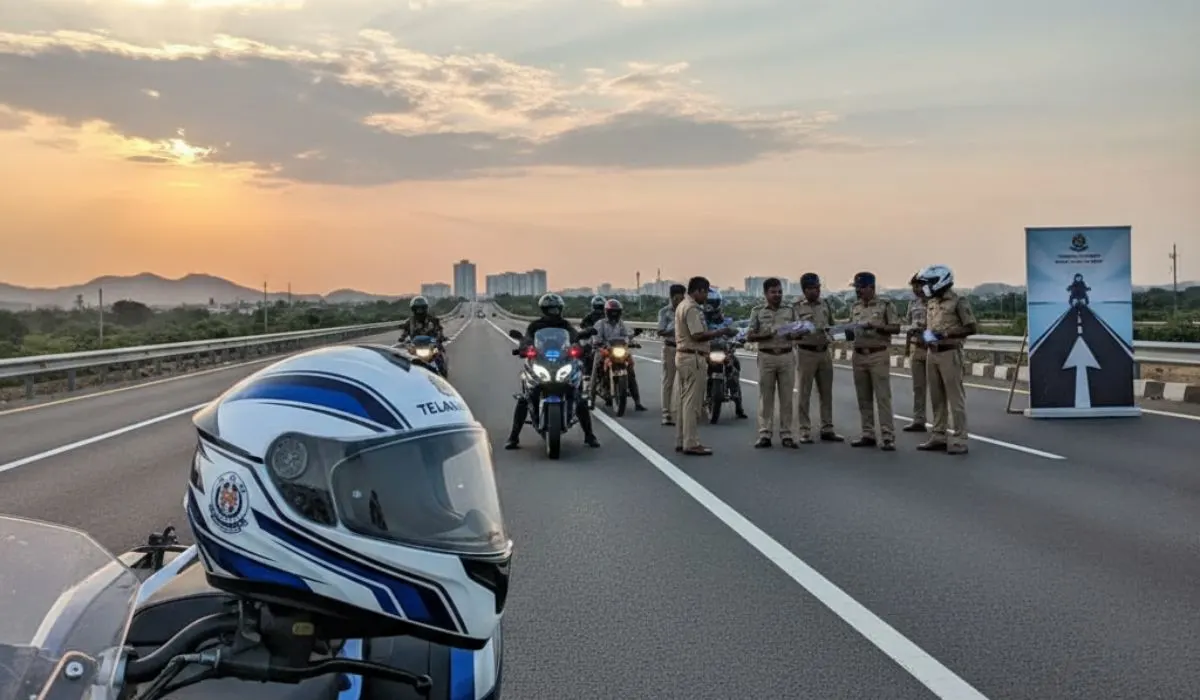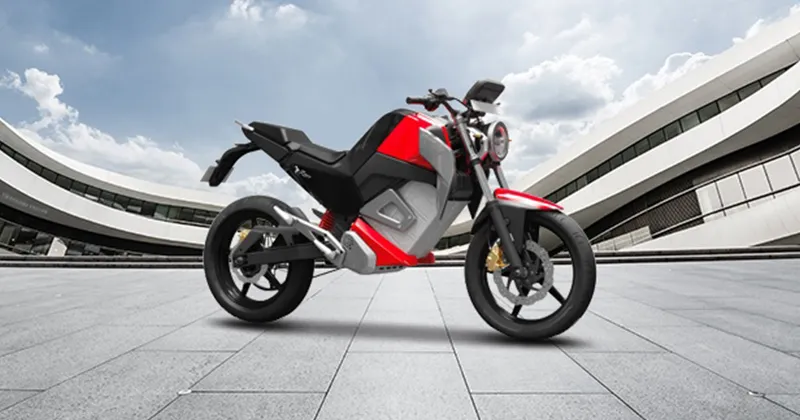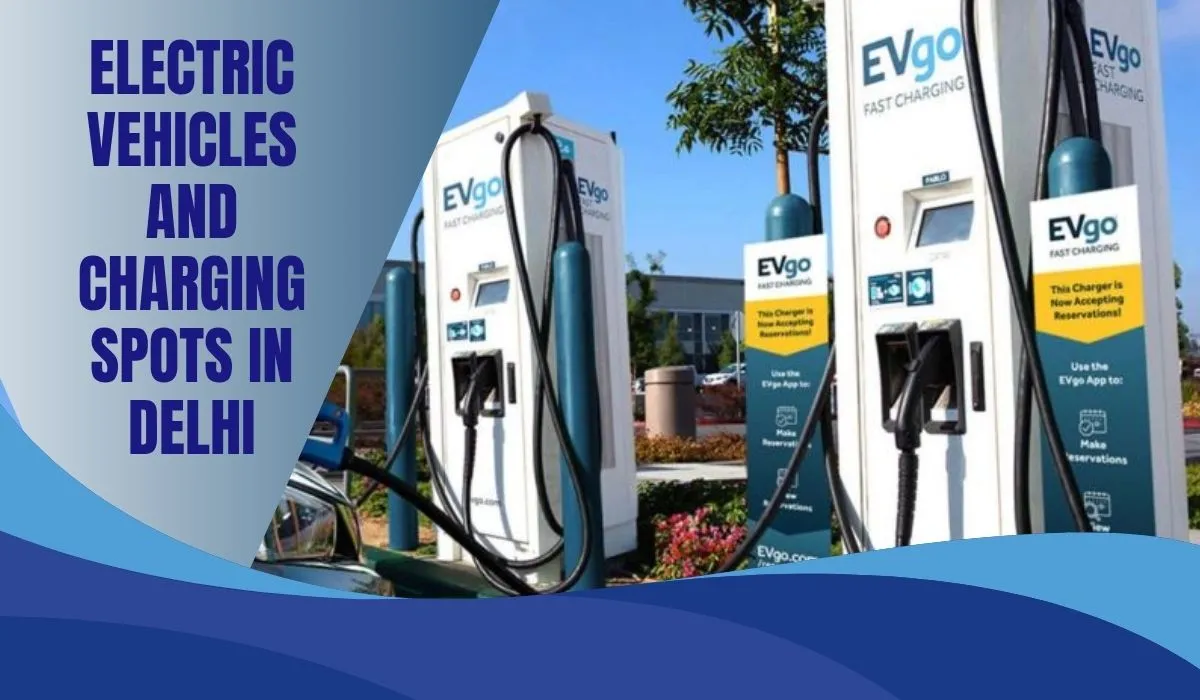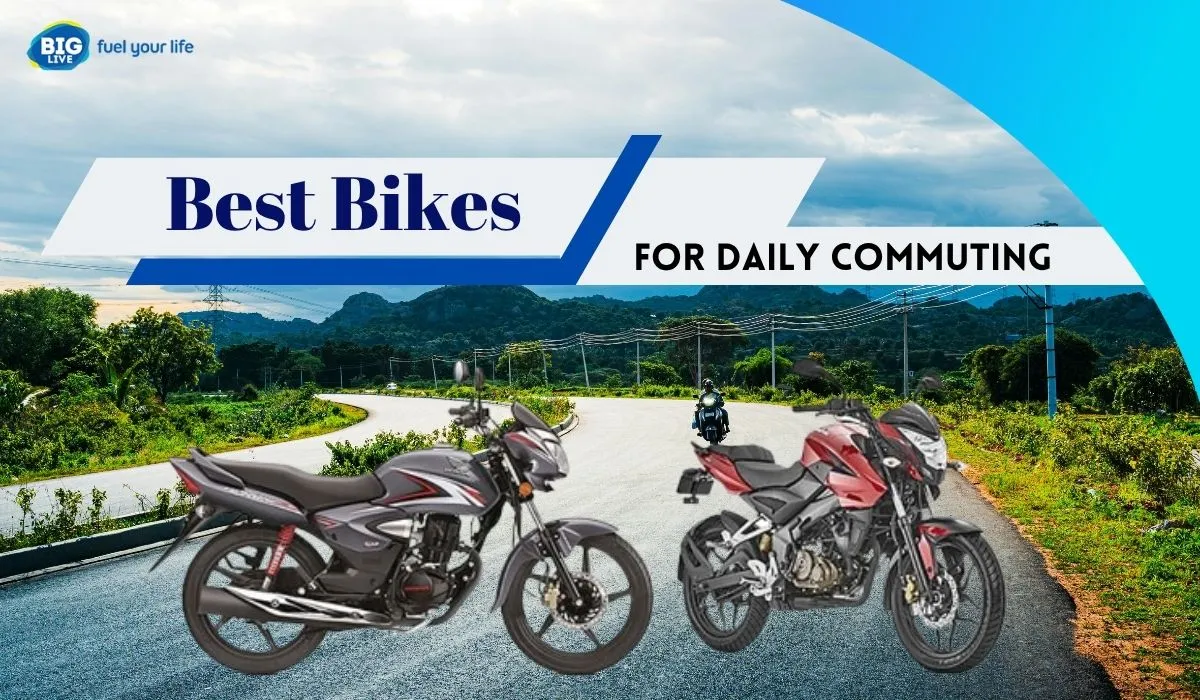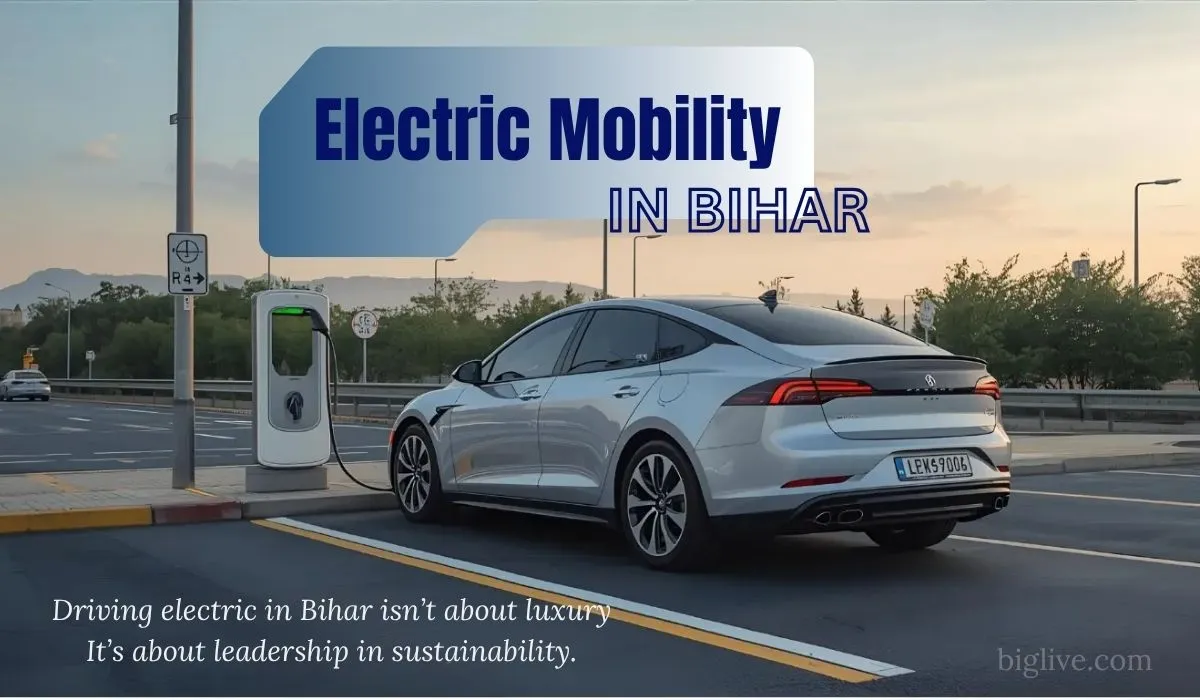As work continues on the much-talked-about Lohara Bridge in Ludhiana, concerns are rising faster than the concrete pillars being laid down. Touted as a part of the city’s 11.94 crore Southern Bypass project, the bridge was expected to improve travel for thousands. But instead of relief, it’s bringing anxiety especially among engineers and local civic groups who fear the new structure may end up making traffic worse, not better.
They aren’t just worried about delays or design tweaks. The bigger worry is whether this bridge was ever designed with the everyday commuter in mind.
A Bridge with Sharp Turns and Shaky Logic
The Lohara Bridge is positioned at a major crossing point of Ludhiana’s Southern Bypass. Ideally, this should have meant smoother drives and less chaos near the Sidhwan Canal. The catch is that the bridge is being built at a sharp angle, nearly 45 degrees to the canal and will meet the bypass at the same level.
Instead of easing movement, this design creates a cross-junction where traffic from both directions must crisscross. That’s already a problem waiting to happen. Vehicles must either make a sudden right turn toward Doraha and Delhi after crossing the canal, or turn left around a steep V-shaped bend.
Heavy trucks and trailers, which the bypass is supposed to handle, will struggle here. The road space on the far side of the bridge is too narrow. These large vehicles won’t be able to turn in one go and may need to reverse and realign, blocking traffic behind them. It’s like building a highway only to end it in a parking lot.
Missing Safety and Rising Risk
It’s not just the traffic mess that has people worried. Safety at the site is also lacking. At several points along the canal, there are no barriers or guardrails. Loose soil and unfinished surfaces make the area slippery, especially dangerous during rains. For two-wheeler riders, the risk of skidding into the canal is very real.
This isn’t the only example where the planning feels incomplete. A legal land dispute has left a bridge constructed at Buddha Dariya in Haibowal Kalan unutilized. Built but blocked. That one mistake cost time and taxpayers' money. Activists now fear the Lohara Bridge may suffer the same fate. It will be another half-done idea that never helps the people it was meant for.
Despite all this, there seems to be no action from authorities to fix the obvious issues. No road-widening measures have begun. No signs, no warnings, no updated designs.
A Better Option Ignored?
Local engineers and citizens' groups have suggested alternatives. One strong option was building a flyover instead of this bridge. A raised road above the canal could have allowed uninterrupted traffic flow. Vehicles from Doraha or Ferozepur Road could’ve moved smoothly on top, while others could’ve passed below, turning as needed.
It’s not a new idea. Cities across India are choosing flyovers and underpasses to solve traffic issues. These structures help divide traffic layers, fast-moving, local, and commercial without clogging a single road. But in Ludhiana’s case, planners chose a design that adds two level crossings, one at the Southern Bypass and another at the older Morgan Crossing. That’s double the trouble.
Additionally, traffic is already heavy on the current Ishar Nagar Bridge. Adding more load to nearby roads without improving the structure is like putting more cars into an already jammed street.
What’s more puzzling is how this plan was approved under the Smart City mission — a program meant to modernize cities with practical, forward-thinking infrastructure. If this is the "smart" way, many now wonder what a mistake might look like.
Where Is the Public in Public Infrastructure?
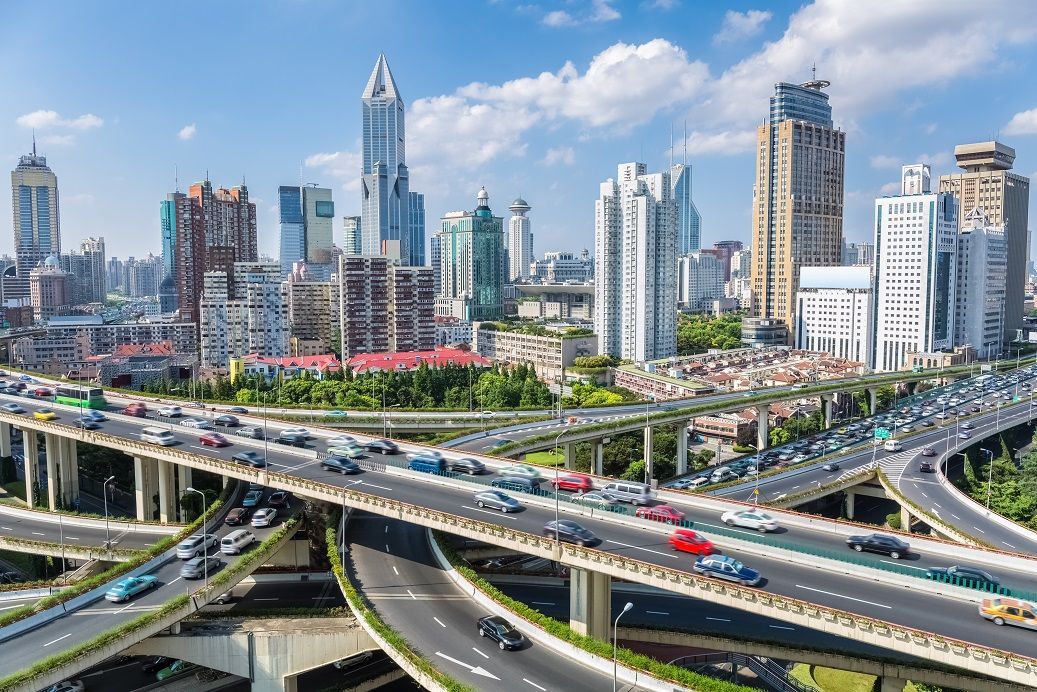
Another question being asked: where was the public in all this planning? Local people were never consulted before construction began. No traffic simulation study or public hearing was held. And yet, crores are being spent on a design that few believe will work.
Now, civil groups are pushing for a full technical audit. They want experts to assess the bridge’s layout, its safety, and how it will impact traffic not just today, but five or ten years from now. With Ludhiana growing as an industrial hub, road networks will soon see heavier traffic. If this bridge fails under pressure, the damage both in cost and congestion could be far worse than anyone anticipates.
There’s also frustration over the lack of accountability. No one has clearly explained how the bridge’s odd design was cleared. Was there an evaluation? Who signed off on the alignment? These are not minor issues. People rely on good roads to get to work, school, and hospitals every day. Poor planning here means real inconvenience and real danger for thousands.
In some parts of the world, projects like this would be halted and reviewed. In Ludhiana, it seems the plan will simply move ahead unless citizens keep raising their voice.
The Road Ahead
Infrastructure, when done right, can transform cities. A well-built bridge or bypass isn’t just concrete but convenience, safety, and time saved. However when designs are rushed or made without field insight, they become obstacles, not solutions.
The Lohara Bridge might have represented Ludhiana's advancement. Instead, it’s quickly turning into a case study of poor planning under a smart city tag. With so many red flags like traffic confusion, narrow exits, dangerous bends, and zero public feedback, it’s time for the government to pause and reconsider.
Activists aren’t asking for miracles. They’re asking for smarter solutions that actually work on the ground. They want the design examined by traffic specialists. They want land acquisition where needed. And above all, they want infrastructure that puts people, not plans at the center.
Whether that happens before the project is completed will decide how this bridge is remembered, as a connection that brought the city forward, or as a detour that took it backward.



